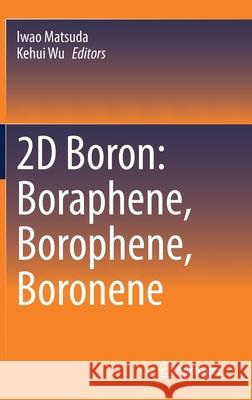2D Boron: Boraphene, Borophene, Boronene » książka
topmenu
2D Boron: Boraphene, Borophene, Boronene
ISBN-13: 9783030499983 / Angielski / Twarda / 2020 / 160 str.
2D Boron: Boraphene, Borophene, Boronene
ISBN-13: 9783030499983 / Angielski / Twarda / 2020 / 160 str.
cena 602,40
(netto: 573,71 VAT: 5%)
Najniższa cena z 30 dni: 578,30
(netto: 573,71 VAT: 5%)
Najniższa cena z 30 dni: 578,30
Termin realizacji zamówienia:
ok. 22 dni roboczych.
ok. 22 dni roboczych.
Darmowa dostawa!
Kategorie:
Kategorie BISAC:
Wydawca:
Springer
Język:
Angielski
ISBN-13:
9783030499983
Rok wydania:
2020
Wydanie:
2021
Ilość stron:
160
Waga:
0.42 kg
Wymiary:
23.39 x 15.6 x 1.12
Oprawa:
Twarda
Wolumenów:
01
Dodatkowe informacje:
Wydanie ilustrowane











